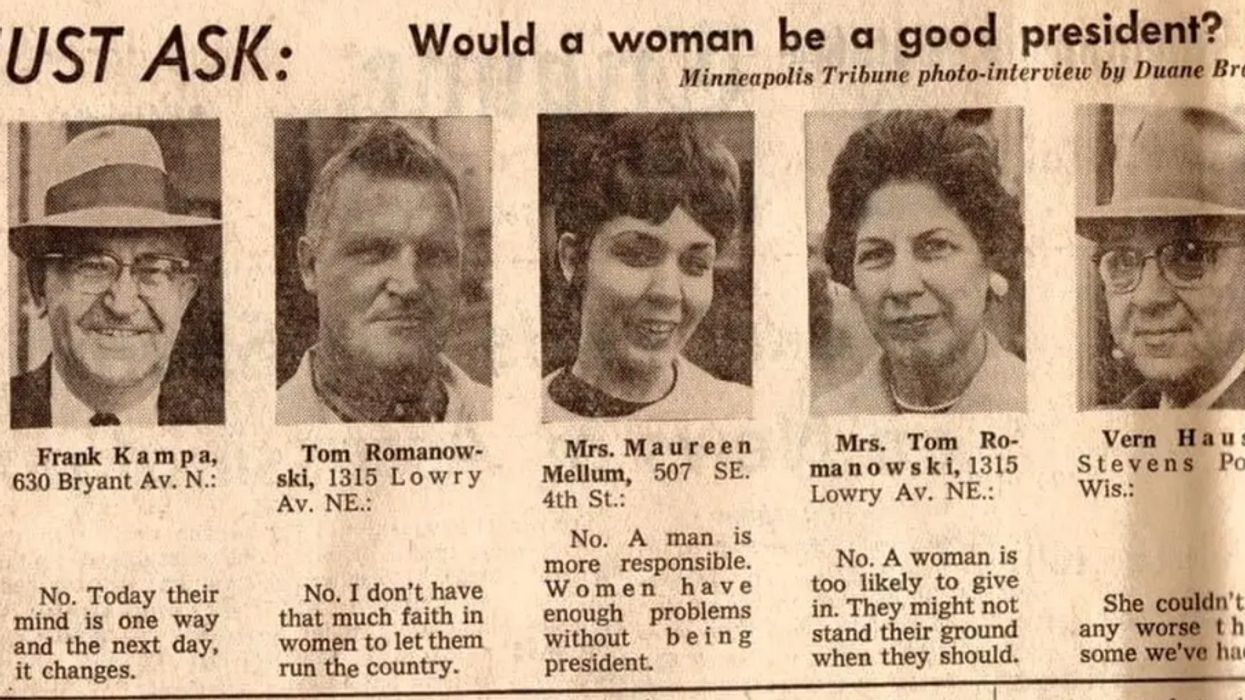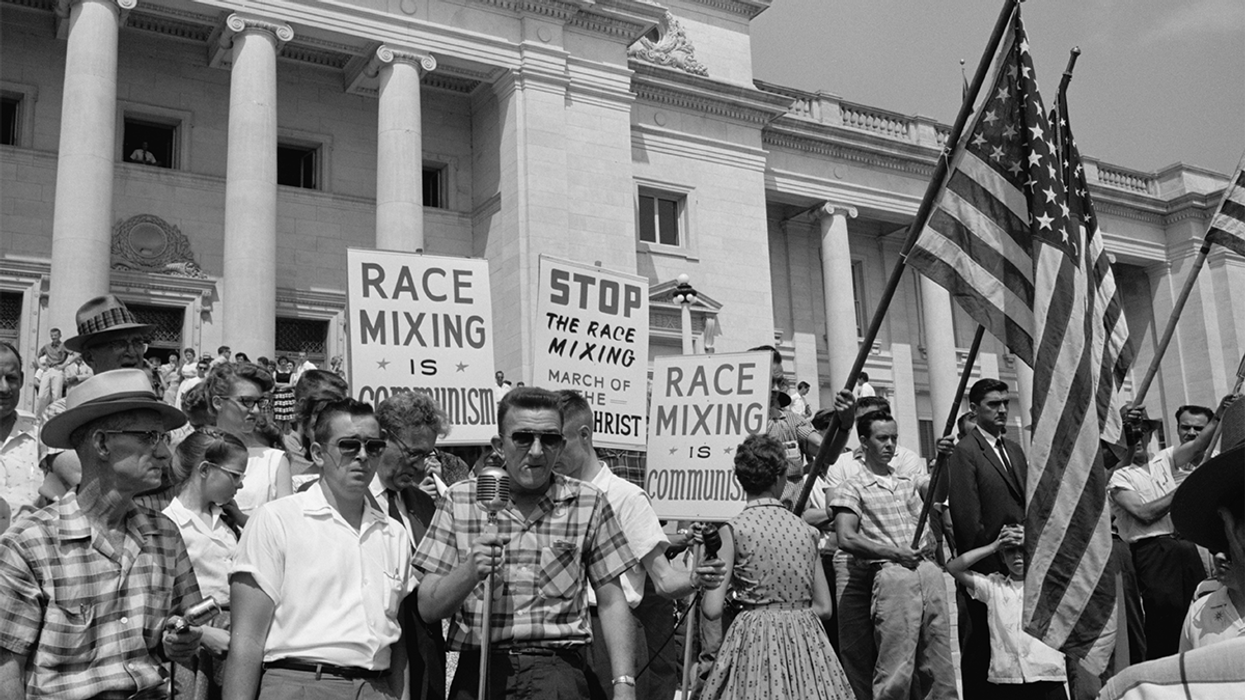In the thick of a heated governor’s race last year, incumbent Rick Perry’s campaign staff wanted to boost their lead by going after opponent Bill White, the Democratic mayor of Houston. A top Perry consultant set out the campaign narrative in an email [sic throughout]: "In this political environment no competitive state will elect a big city trial lawyer, anti gun, sanctuary city promoting, Clinton protégé DC politician." Governor Goodhair, as Perry is sometimes dubbed, was taking on the city slicker.
Here’s the twist: as Perry strides onto the national campaign trail, he will be doing so largely on the strength of his big cities, which have thrived throughout the recession while much of the nation has suffered. But while Texas—and by extension Perry—looks great on paper, many of the policies responsible for the prowess of the state run counter to Perry's rhetoric as a presidential candidate. What’s more, several key decisions Perry has made as governor may actually stifle his prized cities and halt their fortuitous growth.
Since Perry officially threw his hat in the presidential ring last Saturday, plenty of critics, muckrakers, bloggers, and economists have thoroughly picked apart the so-called "Texas Miracle," the wide-eyed slang term for the state’s stunning job growth. In short, without Texas’ population boom, its job numbers look paltry.
Outside of employment data, however, far sturdier numbers say Texas is outshining rival metros in other valuable ways. Of the 10 fastest growing cities in the past decade, four are Texas metropolises: Austin (3rd), Houston (6th), San Antonio (7th), and Dallas (8th). Together with Fort Worth, they make up the "Texaplex," a triangle that packs in almost 80 percent of the state's population and much of its economic punch. Beyond that, a major report published in June by the Brookings Institution named America’s 20 "strongest-performing metros"; five of them were in Texas. Texas is also home to a third of the cities where economic output has sped up, half of the regions that have recovered a majority of their jobs since the recession, and the only two large metropolitan areas to register complete job recovery (McAllen and El Paso).
The population boom alone can’t explain the success of Texas (Las Vegas's population, for instance, almost doubled over the decade, but it’s now mired in an economic funk). A stronger explanation lies in the delicious irony of the Texas Miracle. From 2007 to 2010, the state governed by a man fashioning himself an anti-big government darling—a man who rather famously threatened secession—single-handedly accounted for nearly half of the nation's growth in government employment. Roughly 13 percent of post-recovery jobs in Texas were government positions, with 82 percent of those happening in local government. The common ingredient in all growing metropolises, wrote the Brookings researchers, is a steady surge of public-sector jobs.
The problem for Perry and Texas is that government augmentation can only go so far. As Howard Wial, an economist and fellow at the Brookings Metropolitan Policy Program, puts it, "There is one big thing that is going to put a damper on the growth of Texas cities, and that’s government retrenchment at all levels.”
And retrench Perry has: By some estimates, a third of the job growth under Perry has been in education and health services. But that didn’t stop him and state lawmakers from cutting back significantly on both sectors in their last legislative session.
Texas’ ever-worsening struggle with education is another glimmer of danger on the horizon, due in part to Governor Perry. While the state repeatedly tops many business-friendly lists, its education initiatives are notoriously subpar. The Kauffman Foundation last year ranked the state near the bottom on "workforce education" and "knowledge jobs." And in 2009, the Economist reported on a Perry-appointed education committee whose conclusion was that Texas “faces a downward spiral in both quality of life and economic competitiveness.” Loads of research shows that human capital, that intangible quality associated with an educated workforce, is integral to a city's long-term growth. Texas does not have that capital.
"In most Texas cities, the school district is the biggest employer," says Eva DeLuna Castro, a senior budget analyst with the Center for Public Policy Priorities in Austin. Houston, she notes, has a school district that employs more than any of the city’s private companies. Castro says this is particularly troublesome considering all the education cuts that are heading down the pipeline in Texas. "When you have that many cuts and layoffs being made in the public school system," she says, "that’s a lot of people who won’t have a paycheck."
Castro says the sizable cuts befalling many Texas school districts are happening largely because the legislature has refused to increase taxes or tap into the state’s rainy day fund. Countering that notion, Perry and his supporters claim the state's rock-bottom taxes have drawn people in. But according to the Tax Foundation, Nevada has a far lower tax burden than Texas and yet its cities are sputtering. Elsewhere, Florida, like Texas, is without income taxes, but Miami also is stuck in fiscal distress.
A more plausible motive for migration to Texas than low taxes is all the cheap housing. This partially arose, as research by Ed Glaeser shows (PDF), from the extraordinarily lax zoning laws in Texas cities. Houston, in particular, has what economists call an "elastic supply" of housing—with abundant construction and no regulation, the city can simply build and build to accommodate incoming residents.
But the key reason for cheap housing is rather simple: Texas didn’t have a housing bubble. Here are the recent changes in home prices for Dallas, a region on par with other Texas metros:
A bubble did burst in Texas, but that was back in the 1980s, after the Savings and Loan crisis. Hoping to avoid another incident, the state instituted a set of very stringent financing regulations and consumer protection laws. With these in place, Texas cities, insulated from the housing crisis, could expand while others clawed out of the recession. Of course, this happened well before the gubernatorial tenure of candidate Perry, who recently pledged to vanquish all regulation as president.
Another thing that happened long before Perry arrived was the waves of immigration that fueled the incredible growth of Texas metros. Now that he’s in charge, Perry is doing his part to stymie this.
A decade ago, the governor signed the Texas DREAM Act, a bill that offers permanent residency to students born to undocumented immigrants. It marked a double victory for cities as it helped ensure steady population surges and an educated workforce. But as he's moved toward the national stage, Perry has shifted dramatically rightward on immigration. He’s reversed his previous positions and, this spring, drafted an emergency bill to end sanctuary cities, measures to protect undocumented immigrants in certain metro areas. Julian Castro, the Mayor of San Antonio, told the AP that the Perry bill and most recent Texas legislative session were "the most anti-Latino agenda we've seen in more than a generation, without shame."
Urban growth in Texas from new immigration has slowed recently, and much of the steady population incline comes simply from a high birth rate. Castro, the budget analyst, said the sanctuary city bill would not necessarily lead to a vast migration out of the state. But it may roll back enrollment in public schools if nervous immigrant parents begin pulling their kids out. If that were to happen, it would further increase teacher layoffs.
Between now and next November, campaign coverage of Perry’s immigration positions will focus on how they affect his political odds in a state and nation rapidly becoming more Latino. Yet the more pressing question is how the legacy of the recent Perry-style governing—the shirking on public spending and education, and hardened approach to immigration—will hit Texas cities and, perhaps, spread to others. We may find out that the Texas Miracle was a mirage all along.
photo via (cc) Flickr user Gage Skidmore
















 Otis knew before they did.
Otis knew before they did.